- Author: Kim Schwind
In these winter months,while taking stock of the past year's gardening successes and planning next year's garden, why not consider adding a moon garden somewhere in your yard? A moon garden incorporates reflective surfaces, light-colored flowers, fragrant plants, and peaceful sounds, all meant to be enjoyed by the light of the moon. It is the perfect garden spot for busy professionals who don't have time during the day to enjoy their gardens.
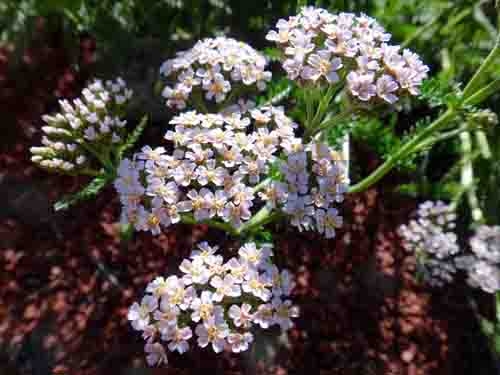
All moon gardens have a bench or seating of some kind, providing a place to relax and reflect. If space allows, incorporate reflective elements such as a gazing ball, string lights, light- colored rock pathways or hardscape. Wind chimes, a water feature, or garden art that is propelled by the wind (like a whirligig or windsock) brings sound into the moon garden. Reflective paints on garden pots or pavers can also add nighttime interest.
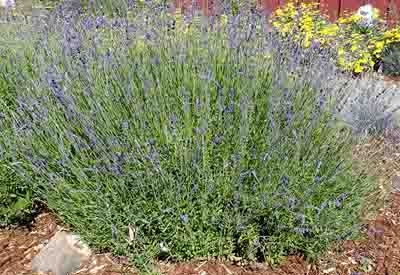
White or light-colored flowers in shades of yellow and light blue are ideal. Good choices include daffodils, bleeding heart, creeping phlox, azalea, yarrow, Shasta daisy, magnolia, and sweet alyssum. Jasmine, evening primrose, angel trumpet (brugmansia) and moonflower all provide fragrance as well as flowers. Most of these are hardy plants that can withstand our hot dry summers. Choosing flowers that bloom at night helps night-roaming pollinators like bats and moths.
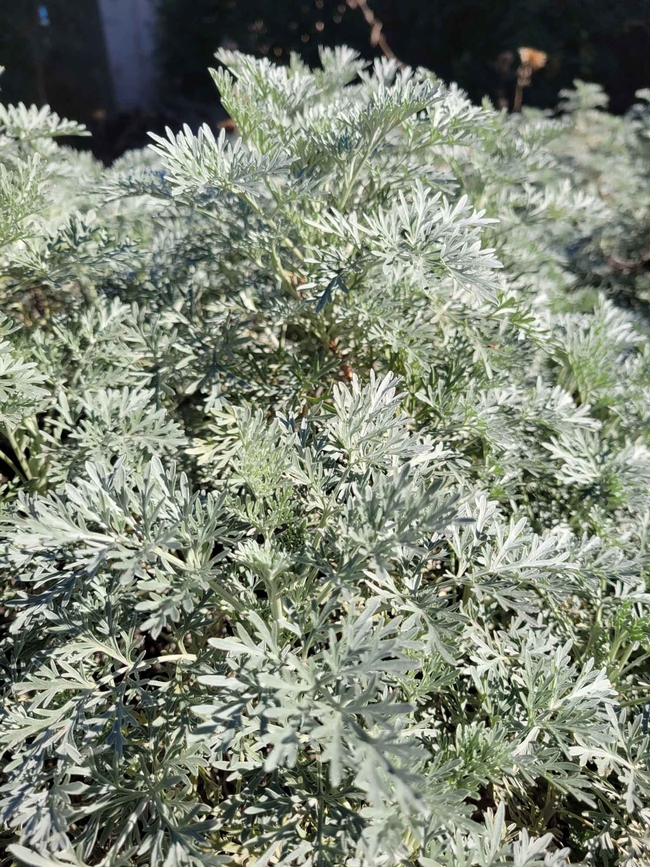
You may already have a deciduous tree in your yard that you can build the moon garden around. For year-round interest plant shrubs with interesting form or color, like Harry Lauder's walking stick (which has fantastic gnarled branches and yellow catkins); yellow twig dogwood; or a witch hazel like Arnold Promise (which has beautiful fall foliage and then blooms in late winter with fragrant crinkly yellow blossoms).
Once you have created your romantic, magical garden, don't forget to take some time to enjoy it. Once outside, allow at least ten minutes for your eyes to adjust to the dark. As you gaze on the garden and begin to notice reflections from the moonlight, you will see that the flowers and leaves appear to be floating. Take in the sounds of your water feature or wind chimes. Breathe in the fragrance of the night-blooming flowers. Relax and enjoy.
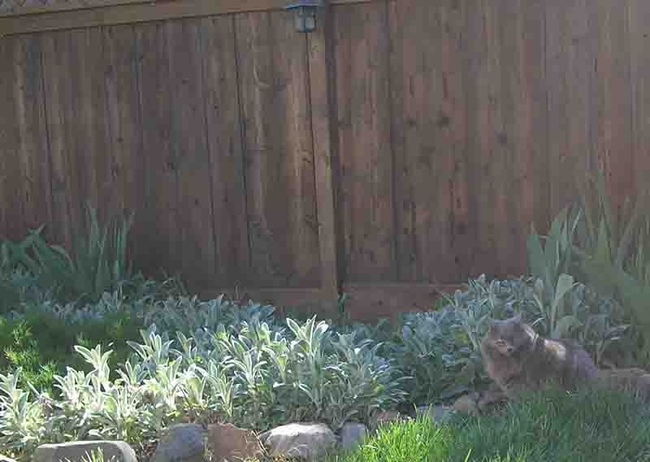
UC Master Gardeners of Butte County are part of the University of California Cooperative Extension (UCCE) system. To learn more about us and our upcoming events, and for help with gardening in our area visit our website. If you have a gardening question or problem, email the Hotline at mgbutte@ucanr.edu or leave a phone message on our Hotline at 530-552-5812. To speak to a Master Gardener about a gardening issue, or to drop by the MG office during Hotline hours, see the most current information on our Ask Us section of our website.
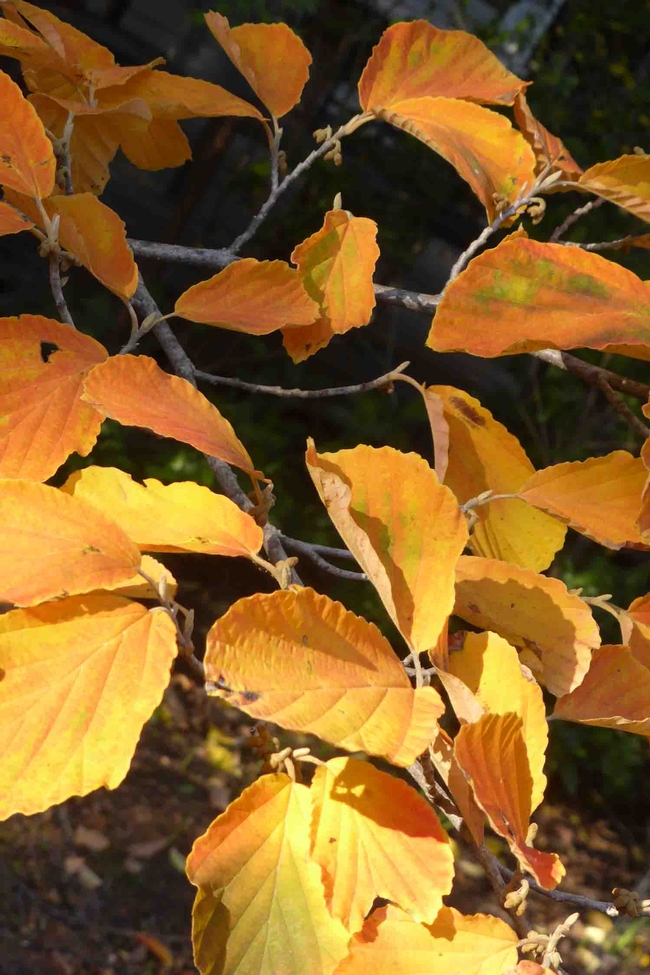
- Author: Kim Schwind
What is a moon garden? It is a garden that incorporates reflective surfaces, light-colored flowers, fragrant plants, and peaceful sounds, all meant to be enjoyed by the light of the moon. It is the perfect garden spot for busy professionals who don't have time during the day to enjoy their gardens.
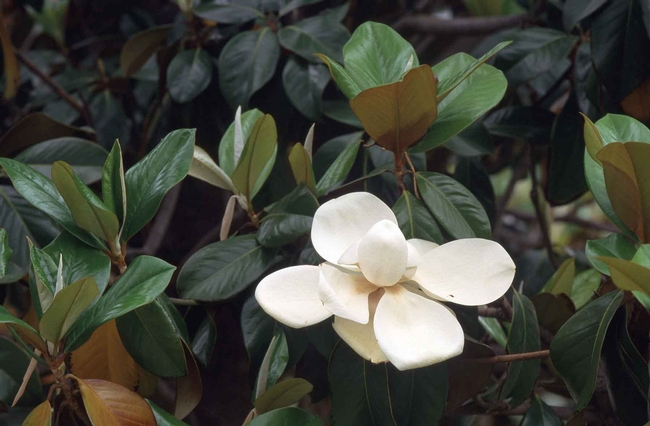
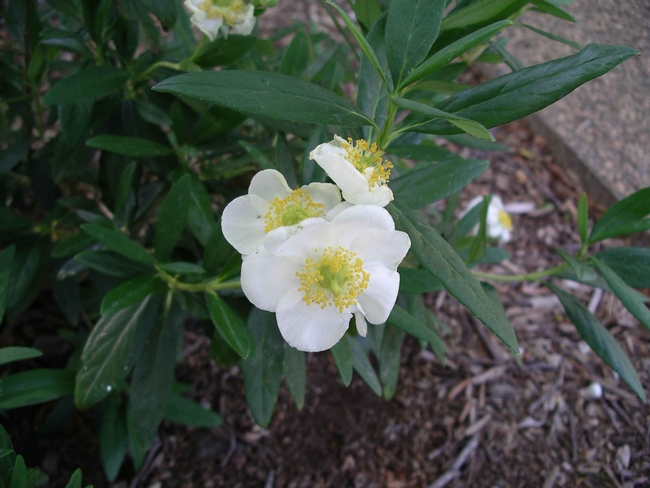
A moon garden can include trees, shrubs, grasses, perennials and annuals. It is usually created as a summer garden, but by adding deciduous shrubs and trees with interesting architectural form, a moon garden can be enjoyed year round.
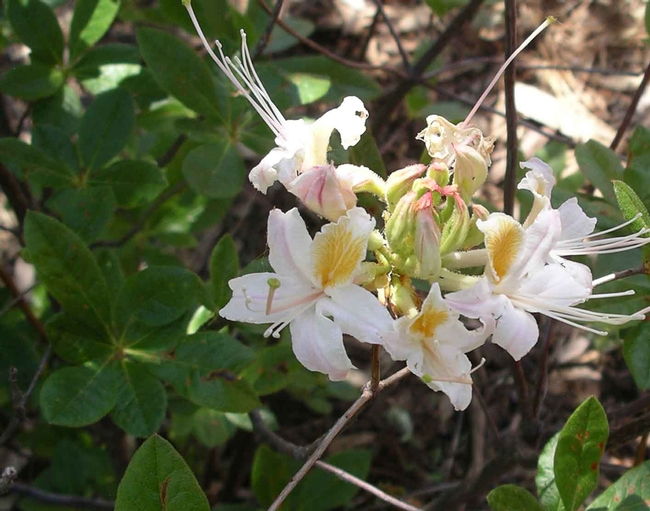
Plants that have light green or gray foliage will also reflect can add another layer of interest as the moonlight reflects off the leaves. Possibilities include lamb's ears, silver mound Artemisia, hosta, blue fescue and lavender.
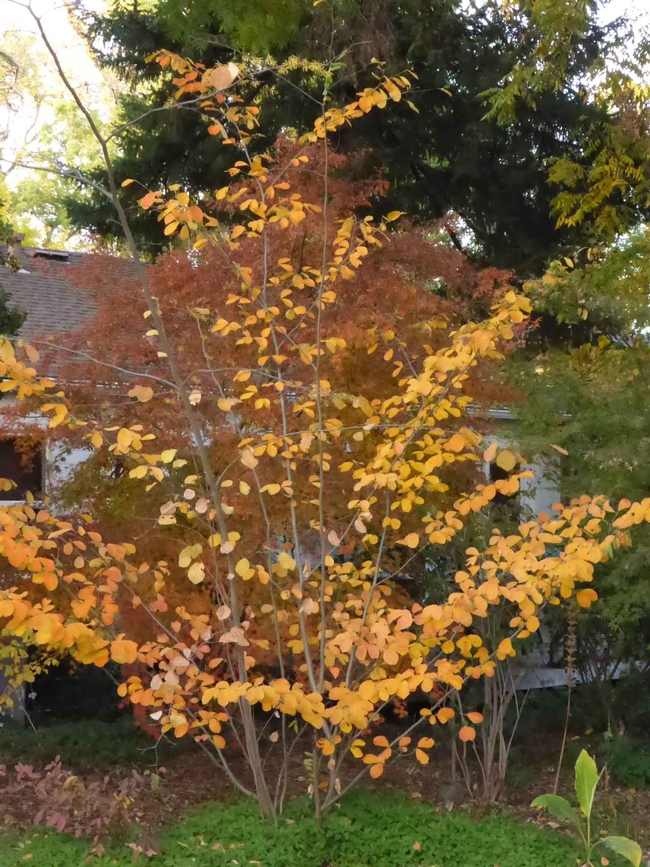
Once you have created your romantic, whimsical garden, don't forget to take some time to enjoy it. Once outside, allow at least ten minutes for your eyes to adjust to the dark. As you gaze on the garden and begin to notice reflections from the moonlight, you will see that the flowers and leaves appear to be floating. Take in the sounds of your water feature or wind chimes. Breathe in the fragrance of the night-blooming flowers. Relax and enjoy.
For more inspiration: The UC Davis Arboretum has a moon garden, the Carolee Shields White Flower Garden and Gazebo. You can learn about it here.
If you have a gardening question or problem, call the Master Gardener Hotline at (530) 538-7201 or email mgbutte@ucanr.edu. The UC Master Gardeners of Butte County are part of the University of California Cooperative Extension (UCCE) system, serving our community in a variety of ways, including 4H, farm advisors, and nutrition and physical activity programs. Our mission is to enhance local quality of life by bringing practical, scientifically-based knowledge directly to our community. To learn more about UCCE Butte County Master Gardeners and their upcoming events, and for help with gardening in our area, visit https://ucanr.edu/sites/bcmg/.


